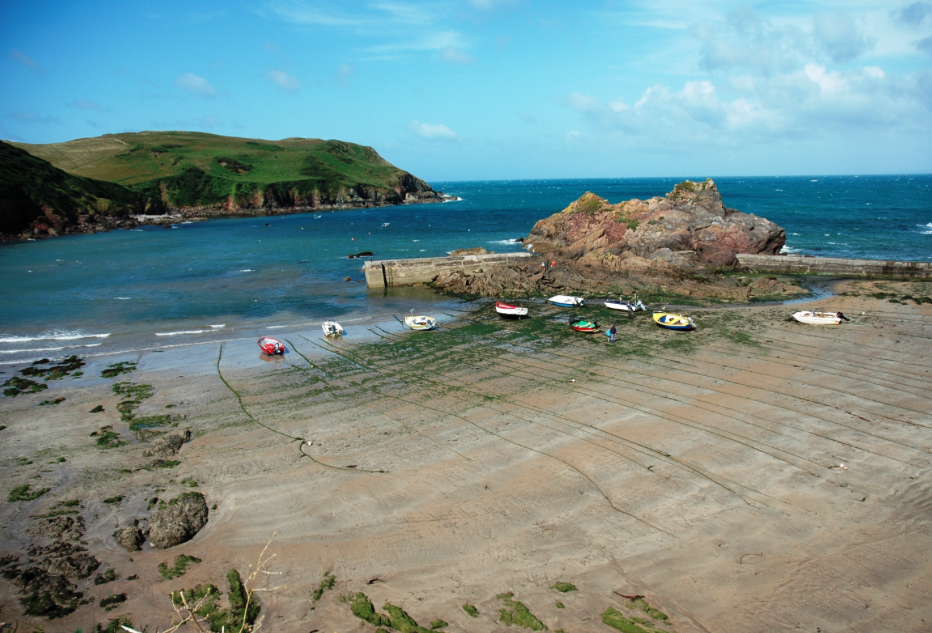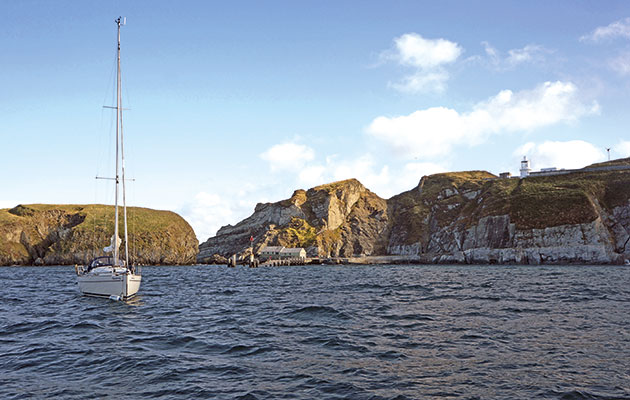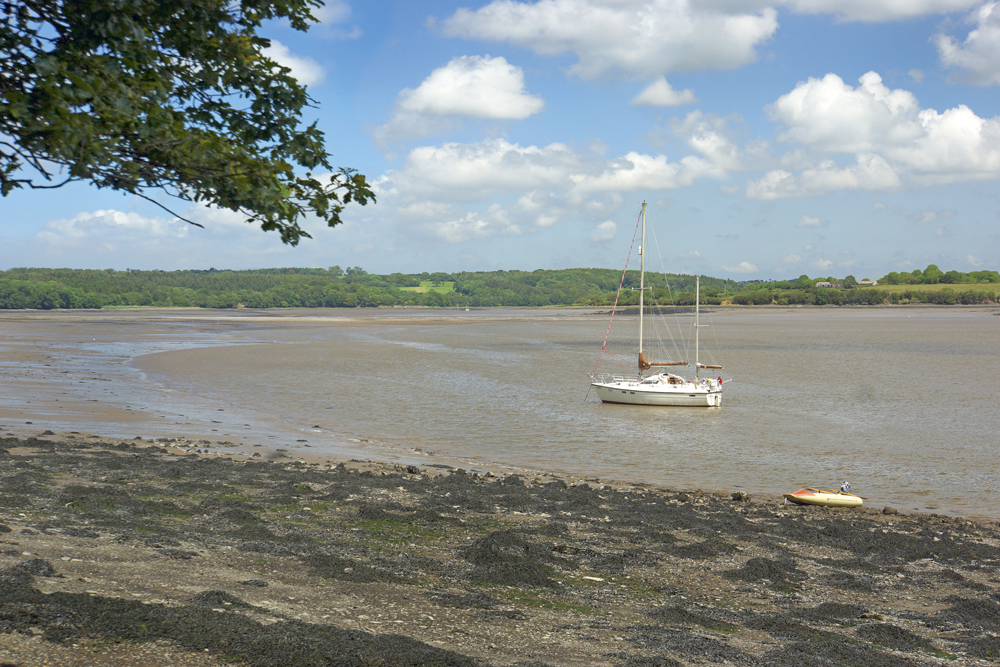This quaint North Devon anchorage is a peaceful haven offering protection from southwesterlies, says Dag Pike
Buck’s Mills, just a couple of miles east of Clovelly, is one of those strange places that can be found around the British coastline that has a very interesting history but today is little more than a backwater.
It can, however, offer a quiet night at anchor along the south side of the Bristol Channel and it could certainly be a worthwhile anchorage if you are waiting for the tide or the right conditions to enter Bideford Harbour.
Tucked in behind the dip in the coastline after exposed Hartland Point, the coast here offers protection from winds from the southwest but there is also a spit of shallow water extending seawards that breaks up any Atlantic swell running up-channel.
The history of Buck’s Mills is quite amazing as it is an example of trying to create a harbour on a very inhospitable coastline.
In the 15th century there were attempts to build a harbour, partly due to the shelter available from a naturally occurring spit of rocks, The Gore, which runs out from the coast just to the west of the hamlet.
Continues below…
Exploring Hope Cove, south Devon
This unspoilt, often overlooked haven in Devon can be a great anchorage, says Dag Pike
Lundy, Bristol Channel
Lundy is a bird-watcher’s paradise with its own particular character, but mind the swell, says Jonty Pearce
Anchorage – Black Tar, Milford Haven
Jonty Pearce finds tranquillity away from the bustle of Milford Haven and good shelter in the Upper Cleddau River
The harbour was built to the east, but it did not last long and succumbed to the ravages of the sea so that Buck’s Mills then relied on the cargo boats beaching in a gut that was blasted out from the foreshore rocks.
This gut can be seen today at low water, and both coal and limestone were landed on the beach during summer months to be burnt in two lime kilns built under the cliffs that can still be seen.
Fishing boats also operated off the beach and there are still a few that do today.
Buck’s Mills got its name from the water mill driven by the stream that ran down the valley that was used to grind corn.
Finding your way in to anchor at Buck’s Mills is pretty straightforward, but come in from the north as The Gore runs out to seaward for close on ¾ mile in a north-westerly direction.

Run in with the echo-sounder going and you can still get 3m of depth quite close inshore at low water. The bottom is quite rocky so you will need to choose your spot carefully in order to find substantial holding ground.
The inner section of The Gore dries out at low water so if you come in when the tide is low this can be a good guide, otherwise use the cleft in the steeply sloping land with white houses.
You can land ashore by tender, and a slipway built into the stone walls will give you a guide as to the best spot to land.
Be warned that at high tides, this is a very stony beach and not hospitable.
There are no facilities ashore unless you are prepared for a long walk up to the main road, but it is interesting to land and climb up the hill to look at the remains of the hamlet’s industrial past.







